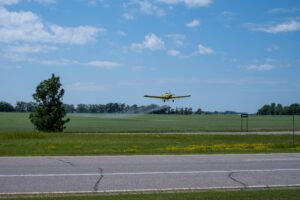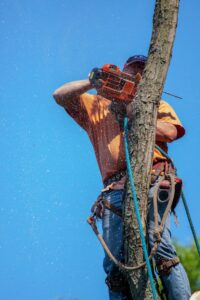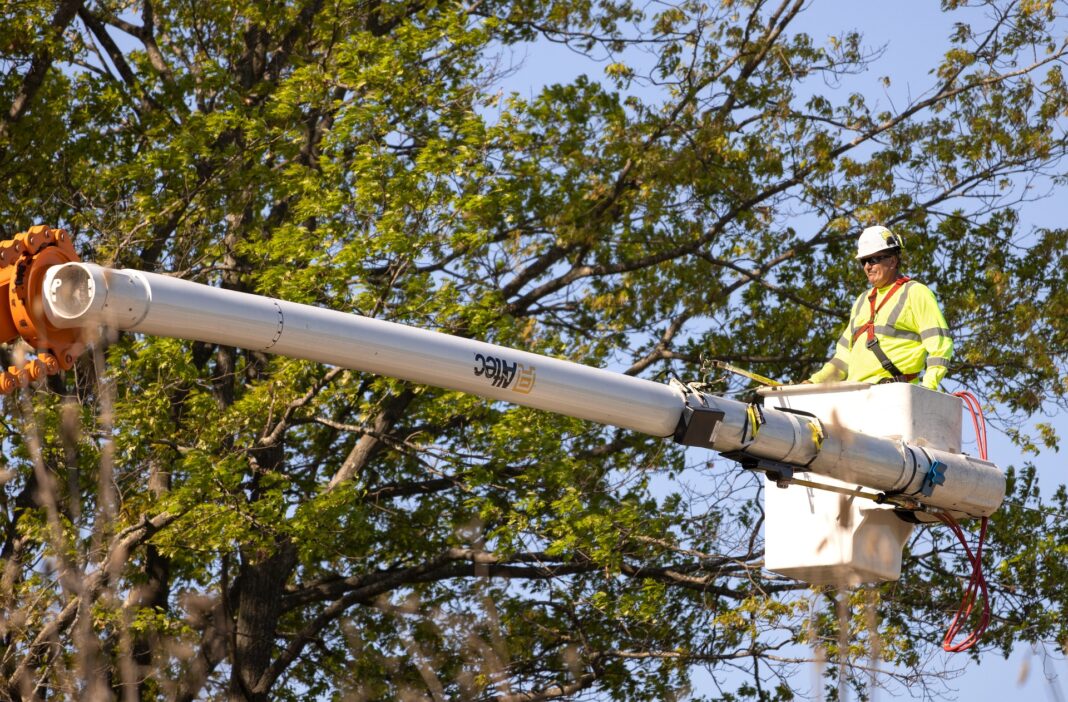Development and infrastructure projects have risen all across the globe as a result of the booming construction sector in recent years. However, the trees, plants, and animal habitats impacted by these operations frequently differ from the intended targets. To lessen the construction’s environmental effects, precautions must be taken to safeguard these natural features.
All parties participating in the project, from contractors to employees to environmental experts, must work together to ensure that trees, vegetation, and animals are protected throughout construction. Creating a wildlife protection strategy and using sustainable methods to lessen the project’s environmental effects are just two examples of the many things that may be done to safeguard the natural environment while construction is underway. To emphasize the relevance of ecological preservation in building operations, this article will examine practical strategies for preserving trees, foliage, and animals in construction zones.
 Ensure Minimal use of chemicals.
Ensure Minimal use of chemicals.
Avoiding hazardous chemicals and pollutants is essential for preserving the health of trees, plants, and animals in a construction zone. Chemicals used in farming, such as fertilizers, herbicides, and pesticides, may leach into the ground and pollute water supplies. In addition, local animals and flora may be harmed by construction machinery and car pollution.
Natural and organic alternatives are safer for the environment and should be considered a substitute for toxic chemicals and pollutants. Compost is one option to improve soil quality without resorting to potentially dangerous synthetic fertilizers. Native plants are frequently more resistant to pests and diseases common in the region, so using fewer pesticides is another benefit of using a native plant garden.
Create a plan that includes wildlife protection.
Plan how you will save the local flora and fauna from building activities. This strategy should include maintaining trees, preserving soil, reducing erosion, and setting aside animal space. For projects requiring tree or plant removal, for instance, it is essential to consider how new animal habitats might be created or how current habitats can be protected.
Set up barriers to protect both plants and wildlife.
Create barriers around the root systems of trees and other plants to protect them from construction equipment and vehicles. Fencing or other physical barriers may separate the construction area from the surrounding vegetation and keep the plants safe. While erecting such obstacles, it is essential to think about the effect they would have on animals. A temporary fence may be set up to keep animals out of the work zone, and signs can be shown to notify construction workers of the presence of wildlife.
 Prune trees with care to minimize harm to wildlife.
Prune trees with care to minimize harm to wildlife.
Tree service should be done carefully to prevent unnecessary injury. Certified arborists from a tree service in Inverness are the only ones capable of determining which branches need to be pruned and which may be left alone. Pruning might be performed during the dormant season to lessen the stress placed on the tree and its animal inhabitants.
Use alternative routes to minimize the disturbance of wildlife habitats.
While building, keep heavy equipment away from vegetation and animal areas. Go to the construction location through means other than the ones in use. This will assist in lessening the likelihood of destruction to the surrounding vegetation and ecosystems, which may be essential to the survival of some animal species.
Protect soil and waterways to preserve wildlife habitats.
Erosion of soil during construction may be hazardous to local flora and fauna. Use silt fences and other erosion control technologies to keep dirt from washing away from a building site. Don’t pile anything or leave heavy machinery in the open. Sediment and chemical overflow into adjacent waterways should be avoided because of the potential damage they might cause to aquatic life.
Monitor the site for signs of wildlife activity and adjust plans accordingly.
It is essential to keep a close eye on the building site to ensure everything is going according to plan and that no harm is coming to the local flora and fauna. This may aid in the early detection of problems, allowing them to be fixed before they worsen. Certain wildlife species in the region may also be determined via monitoring, which might lead to the inclusion of safeguards or modifying the building design.
 Replant and restore to provide habitat for wildlife.
Replant and restore to provide habitat for wildlife.
When the work is done, the region should be returned to as close to its former state as feasible. After this, the soil and natural drainage patterns may be restored, and any trees or plants destroyed during construction can be replanted. Debris from the building process must be cleared, and the land must be returned to its original condition. It is possible to combine animal habitat creation into this procedure.
Educate workers on the importance of protecting both plants and wildlife.
Workers and contractors should know the significance of preserving the local flora and fauna. Verify their buy-in to the strategy and understanding of its importance. This may guarantee that everyone works together to protect the environment and reduce the likelihood of accidental harm.
Use sustainable practices to minimize environmental impact.
Sustainable building methods should be considered to lessen the destruction of natural areas and animal habitats. Reusing resources, cutting down on waste, and using green building practices that are gentler on the environment and its inhabitants are all examples. Solar panels and wind generators are examples of sources of environmentally friendly energy. To produce electricity, on-site may lessen the building project’s reliance on fossil fuels and its associated environmental impact.
Conclusion.
Everyone working on the project must work together to keep trees, plants, and animals safe in a construction zone. By making a plan that includes wildlife protection, putting up barriers to protect both plants and wildlife, pruning trees carefully, using alternative routes to avoid disturbing wildlife habitats, protecting soil and waterways, watching the site for signs of wildlife activity, replanting and restoring to give wildlife a place to live, teaching workers how important it is to protect both plants and nature and using sustainable practices to reduce environmental damage.
Ultimately, it is not only the moral thing to do but necessary for the health of our ecosystem and the survival of many species to ensure that trees, plants, and animals are protected in a building zone. With careful planning, teamwork, and eco-friendly building methods, it is possible to keep construction from having too much effect on the natural environment, protect the trees and plants, and keep the wildlife in the area in their natural habitats.











